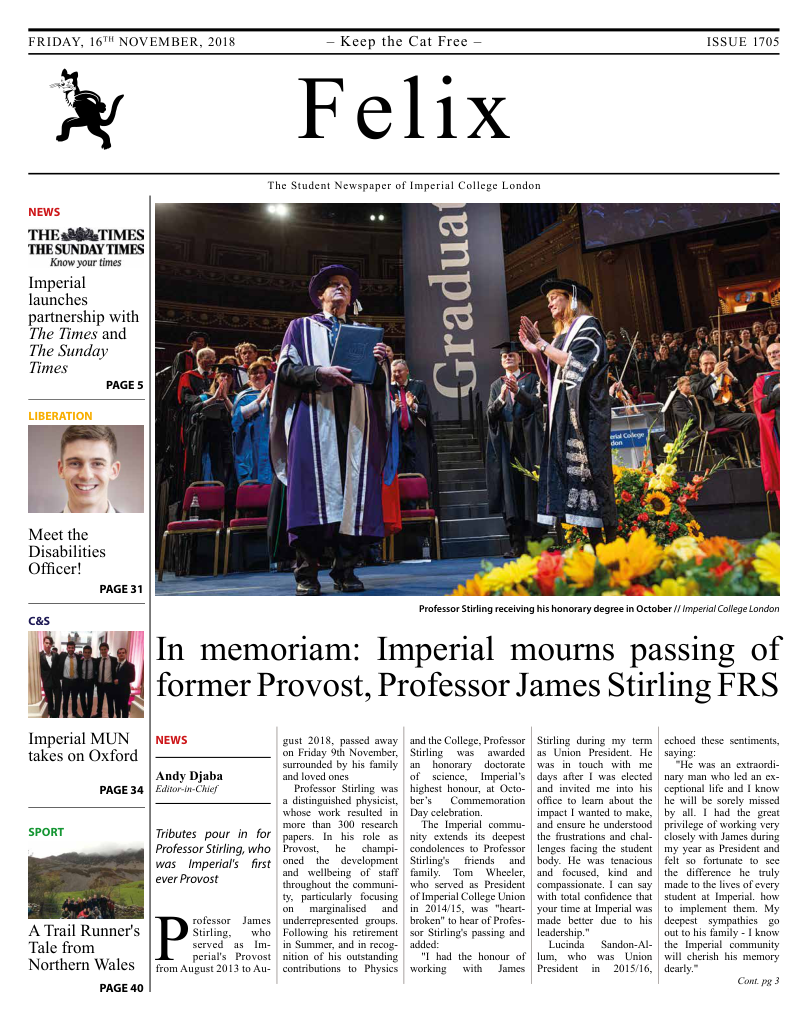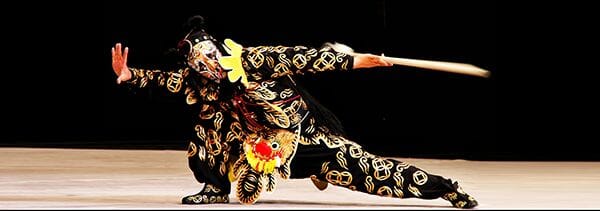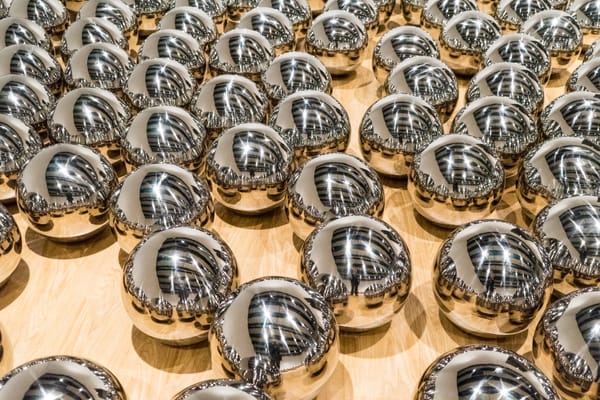Imagined Touch
A thought-provoking piece that raises more questions than it answers.

Imagine losing your sense of sight. Then imagine losing your sense of hearing too. What is it like to inhabit a world of silence and darkness? In their immersive performance piece Imagined Touch, deafblind artists Heather Lawson and Michelle Stevens seek to open up to audiences their world – a world which most of us have never even considered before.
The performance accommodates perhaps 15 people at a time. We are handed vision-obscuring goggles and headphones and shepherded down, single file, into The Pit, a performance space at the Barbican. None of this helps my sense of trepidation. When Imagined Touch first premiered in Melbourne in 2016, Lawson and Stevens spent an hour with the audience before the immersive experience, telling stories about themselves. Here, we have only a short introductory film featuring the two artists.
“Before you enter our world, you must learn its rules,” says Stevens, “but always know that you are safe. You are safe.” I feel oddly comforted by her statement as I put on the goggles and headphones. Everything goes foggy and the soundscape of a busy train station fills my ears. How frightening would it be if my vision remained like this permanently? Surely no such guarantee of safety exists for the deafblind as they go about their daily life.
Just as I muse this to myself, someone takes my hand and pulls me onward. A threshold appears beneath my feet and I stumble gracelessly across it into… an open space? My guide leaves me and I panic. Do I dare take a step forward? Shadowy figures brush past me and I am tempted to grab onto one of them and ask for help. The lights go out and my vision changes from foggy white to pitch blackness.
Invisible hands lead me to a chair. A strange sequence of taps and strokes is signed into my hand, and then a piece of paper appears out of nowhere. I touch it and feel the rough texture. It must spell something in Braille, but I have no idea how to read it, or if I am even moving across the paper in a straight line. Which way is up? I’m ashamed to admit I have absolutely no idea people communicate without speech or sight.
I am passed from one person to another and danced around the room. My confidence grows. I even do a little twirl! Finally, a rectangle is drawn on my back and fingers walk in a straight line up it. Go through the door, I think. Through the goggles I sense dimly a rectangle of darkness in front of me, but I’m scared to step through. Suddenly, loud laughter (is it mocking?) echoes from behind me. Hands grab me and pull me through, confused, back into reality.
Imagined Touch tries its best to show audiences what it’s like to live life as a deafblind person, and for the most part succeeds. But the 20-minute installation feels very short, and I’m left vaguely disoriented, with more questions than answers. The soundscape by Madeleine Flynn and Tim Humphrey is beautifully crafted – a busy train station, the pitter-patter of rain – but why not silence, if we are meant to be both deaf and blind? How does tactile sign language work? Some sort of post-performance discussion or even another short film from Lawson and Stevens would have been appreciated. After the (rather abrupt) ending to the performance, my primary feeling is one of relief at rejoining the world of the sighted. I’m not entirely sure I’ve gained much more insight into what it’s like to be deafblind.
-3.5 stars








